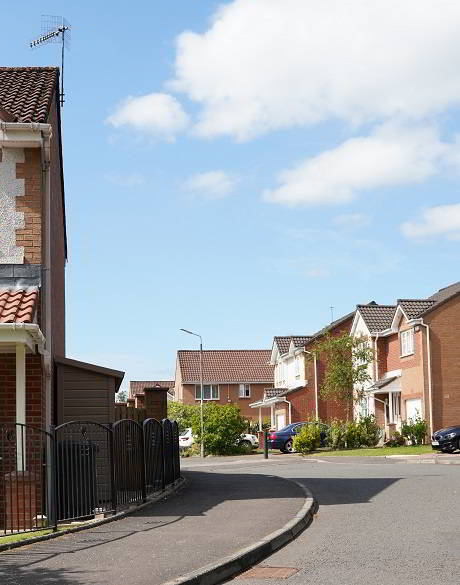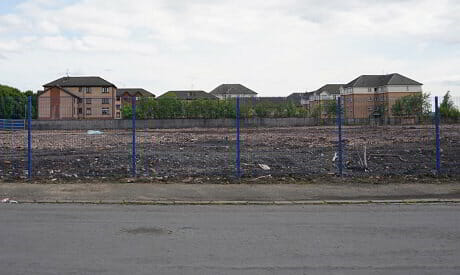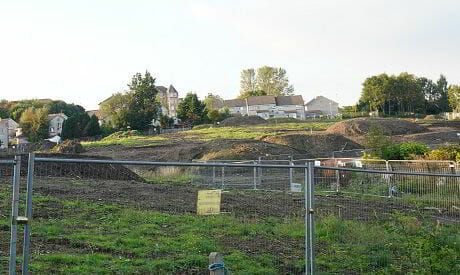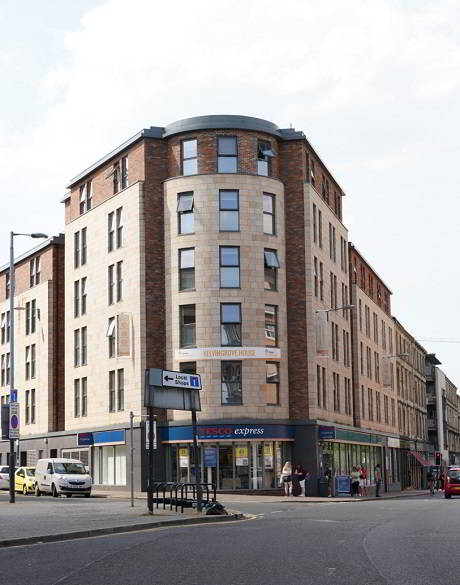Prime Land, a specialist land agency, buys land and development opportunities off-market across the UK with potential light industrial and logistics developments for clients.
We also help and advised landowners, like farmers and developers, ensure they get good market prices for their valuable sites.
As we have a wide network of property contacts, many of our sites are bought and sold off-market in discreet, negotiated situations.
Prime Land is currently looking to buy brownfield and greenfield sites for logistics and industrial developments in the following locations:
- The Midlands.
- Southern England
- Central Scotland.
Good logistics development sites need to meet most of these criteria:
- Sites of 5 acres or more.
- Good access to road networks and motorways.
- Suitable topography and site infrastructure.
- Strong rail connections.
However, the extraordinary boom with high prices during the Pandemic is now over. Land prices have reverted to more realistic levels and costs have risen.
It is also well worth revisiting development opportunities where planning consent has been refused in the past, because we may be able to advise on a new approach that significantly increases the chance of obtaining consents.
The New ‘Industrial Revolution’
Light industrial centres are moving closer to residential centres resulting in an emerging trend of industrial intensification. However, adequate boundaries between industrial and residential developments need to be provided.
Review of the UK Industrial and Logistics Property Market
A recent review by Lambert Smith Hampton (LSH) highlights significant developments and challenges within the UK industrial and logistics property market. LSH’s report has revealed that lenders’ attitudes towards development finance have toughened, and the market is witnessing a slowdown in take-up rates.
Speculative industrial and logistics development now carries higher letting risks. Lenders prefer pre-lets and will assess the financial strength of occupiers entering pre-let contracts.
According LSH’s UK industrial land value index, prevailing sentiment indicates that average UK industrial values fell by 36% in H2 2022.
The market is grappling with several issues that need attention for sustainable growth:
- Lower Land Valuations: Many development schemes are rendered nonviable unless landowners revalue their land. Land prices have plummeted by up to 60% in the past year. Landowners need to take into account that land prices may remain lower due to economic uncertainties driven by higher interest rates and financing costs.
- Loss of Industrial Sites: London has lost a quarter of its industrial sites, which have been converted into new housing developments. In Scotland, Edinburgh City Council has allocated industrial/business land for housing in its Local Plan without consulting property owners, taking more industrial land out of the market.
- Misallocation of Land: There are instances of low-grade land being designated as green belt, often located near motorway junctions. This misallocation poses challenges for future industrial development.
Constraints and Challenges
A survey of delegates at a recent Logistics conference revealed that planning reform is the biggest challenge to future development, followed closely by infrastructure concerns.
The following factors will have an impact on future land prices:
- The rise in direct delivery-to-consumer journeys which have doubled in the past decade.
- Growing emphasis on reducing the carbon in buildings which are responsible for a third of total carbon dioxide emissions. New buildings also need to make the most of natural light and harvest rainwater.
- Increasing building material costs and overall construction costs. These are adding to concerns over the viability of developments which must be able to achieve rents of over £10 per square foot. Costs can be 40% higher than 2 years ago.
- Investment in rail infrastructure is required to manage the relationship between housing and logistics.
- There are also fewer pre-lets.
- The industry perceives a lack of government leadership and support, despite its potential for investment. More public-private sector collaboration is needed but that’s becoming increasingly scarce as ‘levelling up’ is moving down the agenda.
- Developers are putting some projects on hold, and owner-occupiers are now sometimes out-bidding developers.
Emerging Trends in Industrial & Logistics Developments
- The need to provide your own, self-sustaining energy solutions and use battery storage.
- Inclusion of open space water features and leisure areas in large developments. Focus on biodiversity net gain in new developments.
- Development of urban light industrial schemes in mixed-use projects, which often have residential components.
- Several challenges are having an impact on the light industrial sector’s development. The UK industrial property market is in a transition period. The challenges include:
- Infrastructure remains a significant challenge, with long delays and high costs.
- The rush towards sustainability is increasing construction costs.
- Global events like the Ukraine conflict driving up construction costs.
- Pressure to accommodate 10% electric vehicle charging infrastructure. The extra power required is a challenging issue.
- Rates revaluation is a looming concern.
- Public sector support is needed for contaminated sites.
- Slow response times from statutory bodies impact project viability. Every delay adds to costs.
- The planning system needs reform for industrial buildings, with a focus on green belt protection.
Urgent Requirements for Sites of Over 5 Acres
Despite the current challenges, we have logistics developers and occupiers are in the market to buy suitable, well-located sites of over 5 acres.
Please contact Tom Rankin at Prime Land if you think you have a possible development site as we have clients ready to make acquisitions now.




